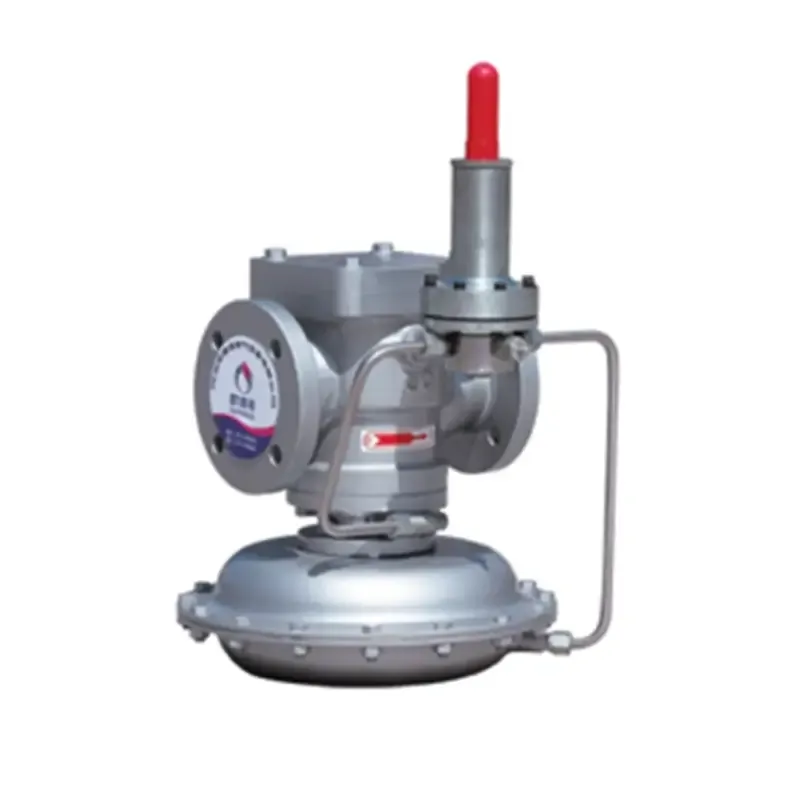
Dec . 19, 2024 09:01
Back to list
natural gas heat exchanger
Understanding Natural Gas Heat Exchangers Principles and Applications
Natural gas has become one of the most important energy sources for residential, commercial, and industrial applications. As the demand for efficient energy conversion increases, heat exchangers have emerged as crucial components in the utilization of natural gas. This article delves into the principles of natural gas heat exchangers, their types, applications, and benefits.
What is a Heat Exchanger?
A heat exchanger is a device that facilitates the transfer of heat between two or more fluids at different temperatures. The primary purpose of a heat exchanger is to maximize the thermal efficiency of a system while maintaining the separation between the fluids involved. In the context of natural gas, heat exchangers are typically used to recover heat from exhaust gases, improve combustion efficiency, and facilitate heat transfer in various industrial processes.
Principles of Operation
The operation of heat exchangers relies on the laws of thermodynamics. When two fluids at different temperatures flow in close proximity, thermal energy naturally transfers from the hotter fluid to the cooler one until thermal equilibrium is reached. In heat exchangers designed for natural gas applications, the mechanisms of conduction and convection are typically utilized to enhance this heat transfer process.
Most heat exchangers operate under one of two configurations counterflow or parallel flow. In counterflow heat exchangers, the two fluids flow in opposite directions, which can enhance the overall heat transfer coefficient. Conversely, in parallel flow configurations, the fluids move in the same direction, which can limit thermal efficiency due to a lower overall temperature difference along the heat exchanger length.
Types of Natural Gas Heat Exchangers
There are several types of heat exchangers used in natural gas applications, each suited for specific tasks
1. Air-Cooled Heat Exchangers These are widely used in natural gas engines and compressors. They utilize ambient air to extract heat from the gas. These systems are particularly beneficial in remote locations where water is scarce.
2. Shell and Tube Heat Exchangers Common in industrial applications, these consist of a series of tubes, one set carrying the hot gas and the other the cooling fluid. Shell and tube designs are robust and can accommodate high pressures, making them suitable for heavy-duty applications.
natural gas heat exchanger

3. Plate Heat Exchangers Known for their compact design and high thermal efficiency, plate heat exchangers consist of multiple plates that create channels for the passage of fluids. They are commonly used in residential heating systems and small-scale applications.
4. Spiral Heat Exchangers These devices have a spiral design that promotes efficient heat transfer by creating a large surface area while minimizing pressure drops. Spiral heat exchangers are effective for viscous fluids or when compact size is critical.
Applications of Natural Gas Heat Exchangers
Natural gas heat exchangers are utilized in various applications, including
- Power Generation In combined cycle power plants, heat exchangers play a critical role in recovering waste heat from gas turbines, improving overall efficiency. - Heating Systems In residential heating applications, heat exchangers transfer heat from the combustion of natural gas to water, heating homes efficiently and effectively. - Industrial Processes Many industries use heat exchangers to recover and utilize waste heat, thereby optimizing energy usage and reducing costs.
Benefits of Using Heat Exchangers
The incorporation of natural gas heat exchangers offers several benefits
- Increased Efficiency By recovering waste heat, these systems can significantly improve the energy efficiency of various applications. - Cost Savings Improved efficiency leads to reduced fuel consumption, resulting in lower operational costs. - Environmental Impact Enhanced heat recovery reduces greenhouse gas emissions, contributing to a more sustainable energy future.
Conclusion
Natural gas heat exchangers are integral components in the efficient use of natural gas across various applications. Their ability to enhance energy efficiency and reduce operational costs makes them essential in today’s energy landscape. As technology advances, the development of more efficient heat exchangers will undoubtedly play a crucial role in meeting future energy demands while addressing environmental challenges.
Latest news
-
Safety Valve Spring-Loaded Design Overpressure ProtectionNewsJul.25,2025
-
Precision Voltage Regulator AC5 Accuracy Grade PerformanceNewsJul.25,2025
-
Natural Gas Pressure Regulating Skid Industrial Pipeline ApplicationsNewsJul.25,2025
-
Natural Gas Filter Stainless Steel Mesh Element DesignNewsJul.25,2025
-
Gas Pressure Regulator Valve Direct-Acting Spring-Loaded DesignNewsJul.25,2025
-
Decompression Equipment Multi-Stage Heat Exchange System DesignNewsJul.25,2025

